Pet parents and aspiring home cooks know just how smelly the air can get. Of course, we’re not asking you to put your pet up for adoption or give up on your MasterChef dreams! Instead, if you want to enjoy time at home without a nose-wrinkling odor lingering in the air, you should consider getting an air purifier.
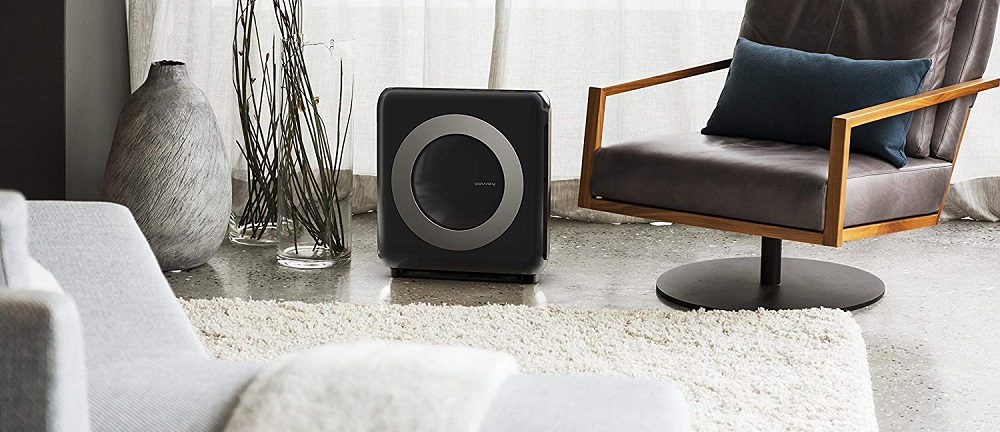
In this guide, we’ll show you a thing or two about air purifiers and how to find the best odor-removing air purifier for your home. You’ll also find a selection of the best air purifiers to remove odors in this guide. Let’s get to it.
What Is an Air Purifier?
For the three or four of you who aren’t familiar, an air purifier is a home appliance that purifies the air. It consists of a fan that suctions the air in a room and passes it through a series of filters.
These filters trap microscopic contaminants that might otherwise have ended up inside of your lungs. After purifying the air, the device shoots it back out into the room. It does this continuously until you turn the machine off or its timer goes off.
Can Air Purifiers Remove Odors?
Yes, they can. Now, that’s not to say that the air purifier will remove the stench from its source—i.e., your homemade cooking or pet “presents”—but if the odor molecules waft into the air, the air purifier suctions them up and never let go.
So, if you spend lots of time in the kitchen or have indoor pets, an air purifier is the right investment.
But air purifiers can do more than just eliminate foul smells from the air. If you’re allergic to pollen, dust, dust mites, or dander, an air purifier will ensure that the floating particles have less of a chance of tickling your sinuses.
Best Air Purifier to Remove Odor in 2023
3) Blueair Blue Pure 211+ Air Purifier
The Blue Pure 211+ is one of the simpler air purifiers on the market. It has an excellent reach of up to 540 square feet, making it a great option for spacious areas and multiple rooms. The 211+ comes with a 3-filter setup, including a HEPASilent filter that traps 99% of particles, including fungus spores, smoke, and pollen.
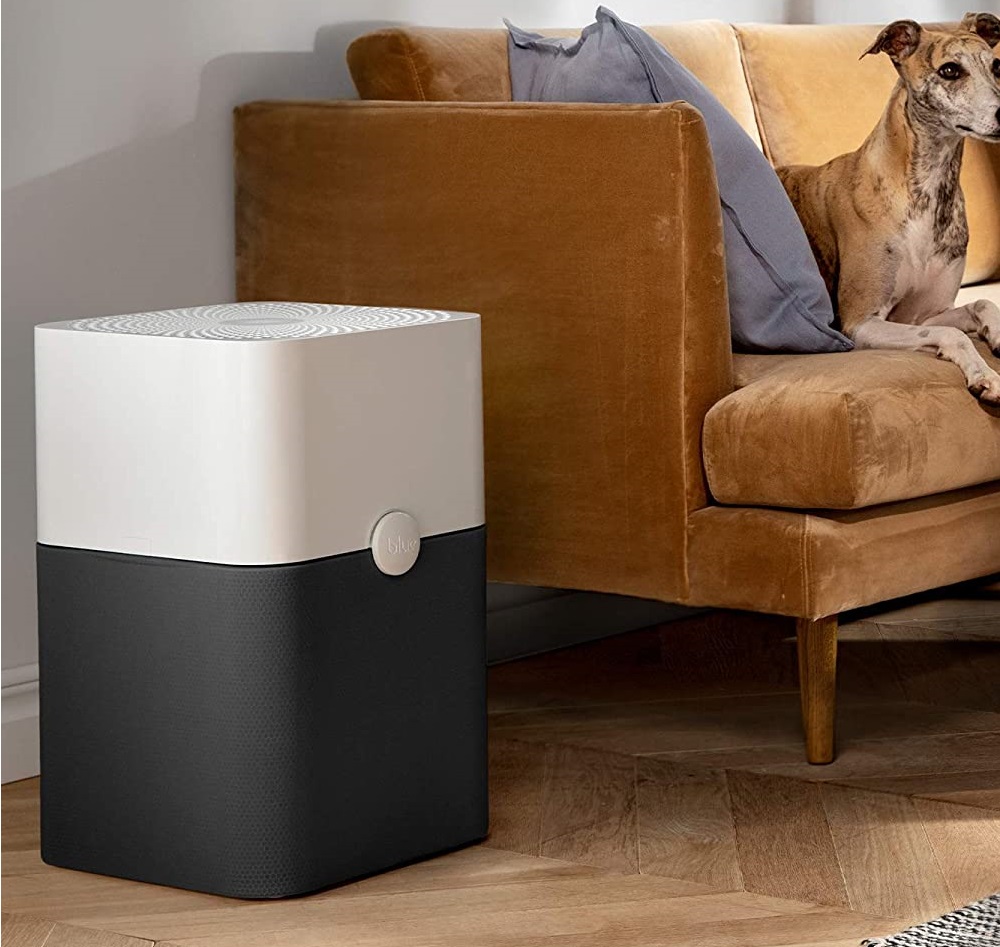
This unit doesn’t come with an air sensor, which is surprising considering how wide of an area it covers. One benefit of the HEPASilent filter is its muffled motor noises that produces just 56 dBA on its third and highest fan speed.
- SIMPLE ONE-BUTTON CONTROL: Easily adjust fan as-needed with one button to ensure optimal...
- CLEAN AIR IN MINUTES: Blueair's HEPASilent technology, delivers clean air, faster, and...
2) Honeywell HPA300 True HEPA Air Purifier
The HPA300 air purifier by Honeywell has a maximum reach of 465 square feet while providing as many as five air changes per hour. Similar to the previous model, this one is on the more basic side in terms of appearance and functionality. It doesn’t come with an air quality sensor, but it does come with reliable filter and prefilter indicators.
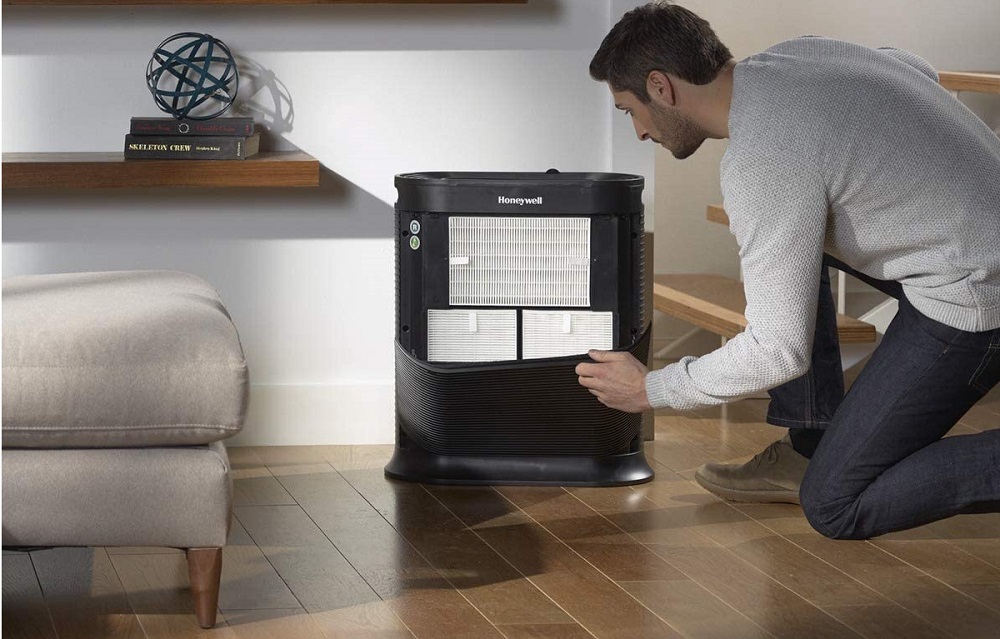
This air purifier uses True HEPA Filters, which trap particles as small as 0.3 microns up to 99.97% of the time. There’s also a Turbo Speed setting that increases inward airflow to remove more particles in a shorter amount of time.
- EXTRA LARGE ROOM AIR PURIFIER - Honeywell HPA300 HEPA Air Purifier helps provide fresher,...
- HELPS REDUCE ALLERGENS - This HEPA air purifier has 3 air cleaning levels including Turbo...
1) Alen BreatheSmart 45i Air Purifier
The 45i Air Purifier is the most advanced air purifier on this list. It can clean the air in rooms of up to 800 square feet by providing up to 1.75 air changes per hour. Users don’t need to trouble themselves over manually adjusting the device’s fan speed since it comes with smart laser sensors. These sensors automatically turn the fan on and off based on how polluted the indoor air is.
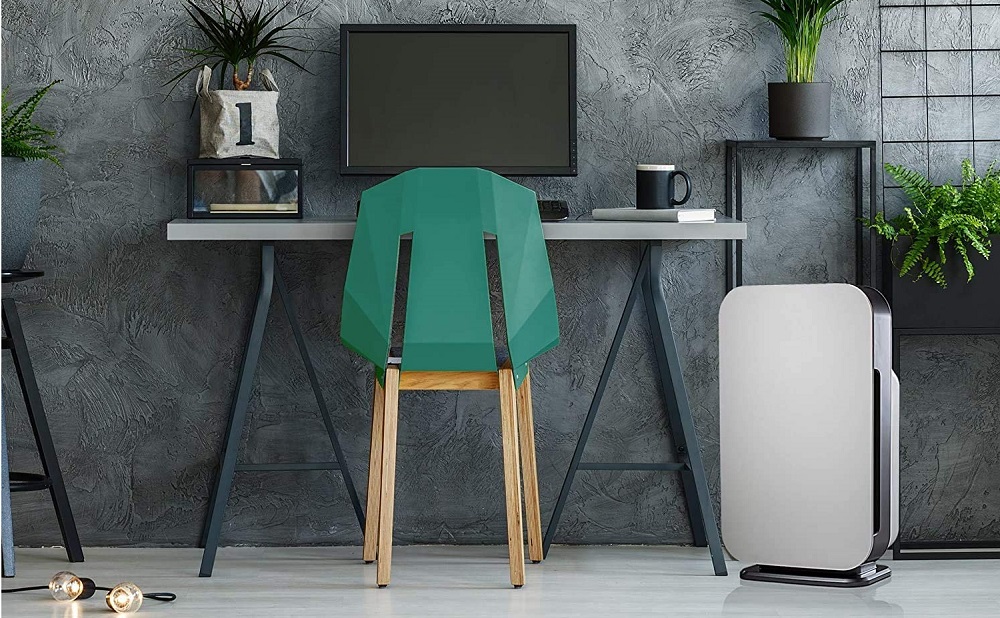
Inside the 45i is an H13 medical-grade HEPA filter that traps 0.1-micron particles up to 99.99% of the time. Despite its super-fine mesh filter, this air purifier maintains both far-reaching capabilities and whisper-quiet operating noises (39 dBA on sleep mode).
- H13 HEPA AIR PURIFIER FRESH FILTER: Elevate your indoor air with Alen's Essential Air...
- SLEEP ENHANCING: The BreatheSmart 45i, a hepa air purifier, is proven by SleepScore Labs...
How to Find an Air Purifier to Remove Odors
In this section, we’ll carefully go over each and every variable that affects an air purifier’s odor-removing prowess. You can use this guide to find the best air purifier for removing odors, or you can choose a model from our top picks.
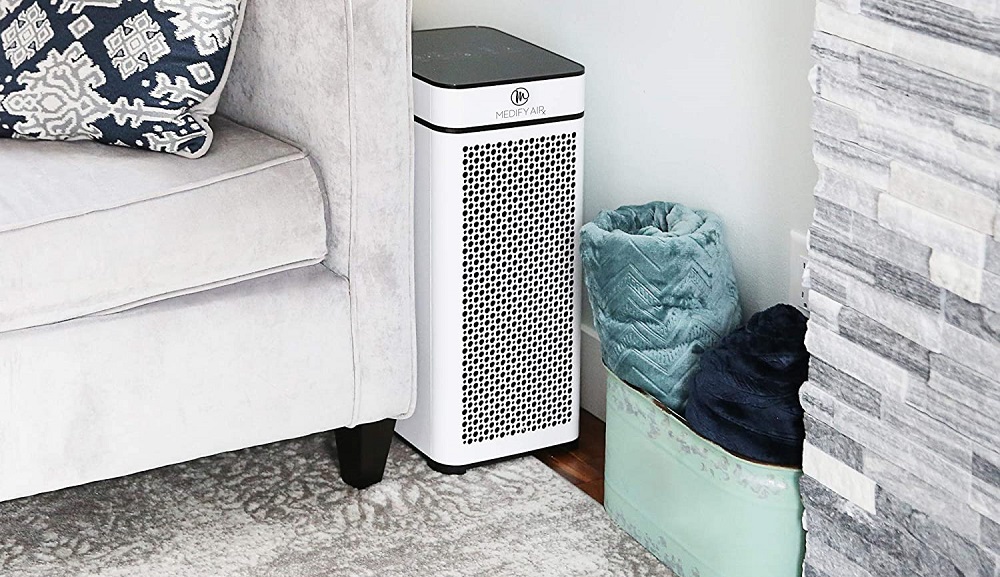
CADR
First of all, you should pay attention to the air purifier’s CADR. Clean air delivery rate refers to how effective the air purifier is at removing pollen, dust, and smoke. Generally speaking, you should look for an air purifier that has CADR ratings of over 150 for each category, though it ultimately depends on the size of the room in which you leave your air purifier.
However, just know that CADR ratings aren’t available for every air purifier unit. Most models that don’t have CADR ratings typically come with a True HEPA Filter, which limits airflow but enhances air-cleaning performance—more on True HEPA Filters in a bit.
Coverage/ACH
This brings us to the next point. Different air purifier models are designed to handle rooms of different sizes. Larger devices work better in larger environments like living rooms and kitchens. Smaller ones are made for bedrooms, dorm rooms, home offices, and bathrooms.
But to get a more accurate description of the air purifier’s coverage, take a look at the ACH (air change per hour) rating. ACH denotes how many times the air purifier can change the air in a room. A higher number is ideal, but again, it depends on how spacious the room is.
Activated Carbon Filter
Air purifiers come with an array of different filters, which usually includes a carbon filter. When it comes to removing airborne odor molecules, an activated carbon filter is your best option. This type of filter is designed to trap odor, smoke, and volatile organic compounds. If you live with a smoker, an aspiring chef, with multiple pets, this is absolutely a must-have filter for your air purifier.
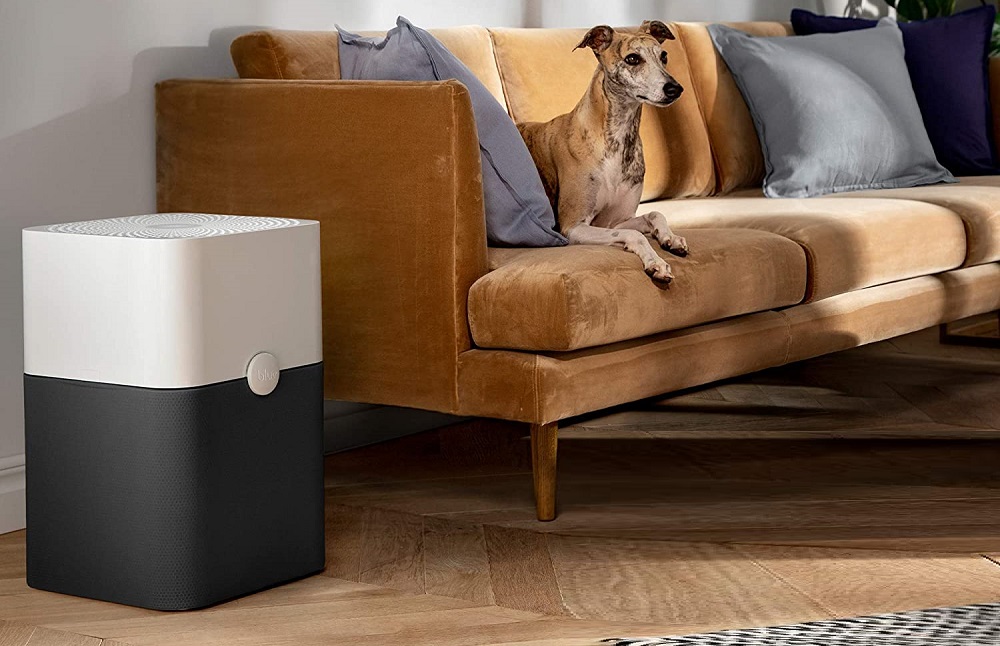
HEPA Filter
HEPA filters don’t generally get rid of smells, but it’s a great filter to have nonetheless. A True HEPA Filter has the ability to capture up to 99.97% of particles 0.3 microns in size, ensuring the best quality indoor air possible. True HEPA Filters are more expensive, but they’re worth the investment, especially if you suffer from seasonal or pet allergies.
Washable/Reusable Filters
Some customers prefer using washable or reusable filters. The primary reason is obvious—you don’t have to purchase new filters every couple of months. While these do save money, washing a filter and reinstalling it in the air purifier can actually lead to problems down the road. For instance, if you don’t dry the filter properly, it can become a breeding ground for bacteria, which the air purifier will shoot out through its exhaust ports.
Ionizer
Many air purifiers come with a built-in ionizing function that captures airborne molecules by electrically charging them, making them stick to the filter even better. Ionizers can produce ozone, a lung irritant, so make sure you don’t leave the ionizer running all day. Also, give a room several hours after shutting the ionizer off to let the irritant dissipate.
UV-C
UV-C is shown to kill microscopic pathogens by deconstructing their DNA. This is a nice feature to have if your greatest fear is airborne bacteria. Like an ionizer, UV-C rays also produce ozone, though many manufacturers claim that their built-in UV-C “kill chambers” don’t.
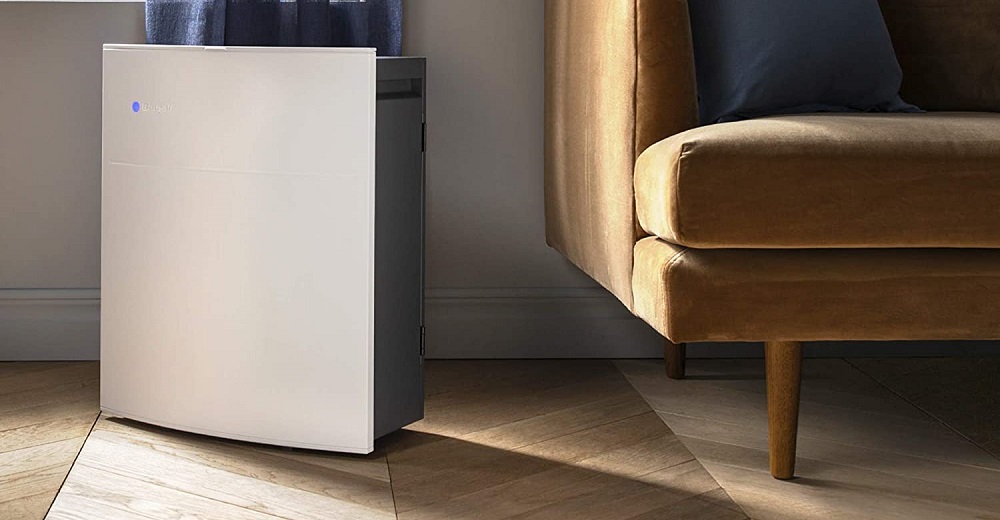
Air-Quality Monitor
Some of the higher-end air purifier models come with air-quality sensors that detect how polluted indoor air is. These sensors will automatically kick the appliance’s motor into high gear when it senses intolerable pollutant concentration levels.
As it removes all of the harmful particles from the air, the sensor will bring the motor down gear by gear until the air has been thoroughly purified. Expect to pay more for an air purifier with this feature.
Aesthetics
Although looks don’t matter nearly as much as performance, since air purifiers are always within eyesight, you should try to find a model that fits well with your interior décor. There are also air purifiers that hang on walls, freeing up floor space while also allowing it to clean rooms with higher ceilings.

FAQs
1. How long does an activated carbon filter last?
As one of your main weapons against odor, you’ll want to pay close attention to the condition of the activated carbon filter. In general, each filter can last anywhere from a month to three months, depending on how long you leave the air purifier running. Most models that have full-filter notifications only let you know when the HEPA filter or main filter needs to be changed. This would also be the ideal time to swap the carbon filter.
2. Do I need an ionizer or UV-C?
No, you don’t. Neither of these things is particularly handy at removing odors, but they do make killing bacteria and certain viruses easier. Again, be careful when using either of these functions since they can produce ozone. In high concentrations, ozone can lead to respiratory problems—the complete opposite of what an air purifier is trying to achieve.
3. Where should I place my air purifier?
Most air purifiers are portable, so you can move them from room to room. But when it comes to the ideal placement of an air purifier, place it in a spot that doesn’t block the exhaust ports and intake.
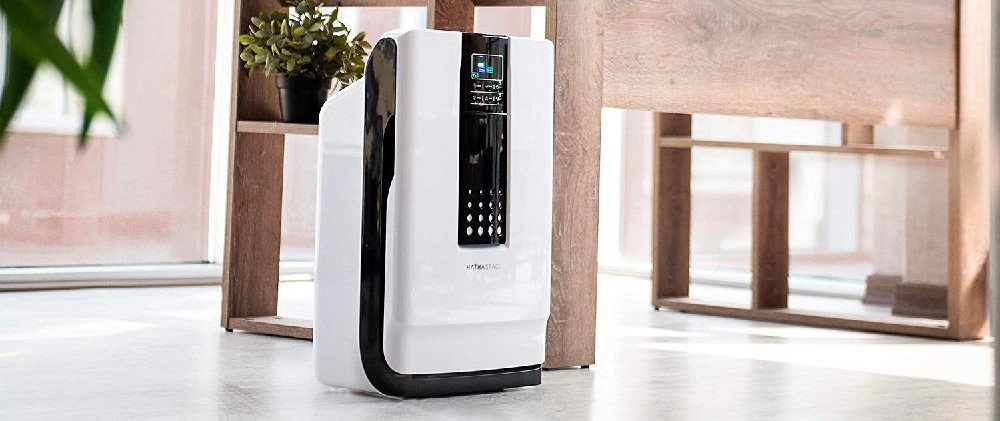
A corner of a room is common, but give the device several inches of clearance between its back and the wall. Alternatively, you can place them on kitchen countertops to remove smells while cooking.
4. Are there any side effects of using an air purifier?
Only if you activate one of the ozone-producing features, and even then, you’ll have to leave the device running for hours on end and enter the room immediately after it shuts off. Modern air purifiers produce tolerable levels of ozone, making them safe for pets and humans. However, just to be safe, only use these features when absolutely necessary.
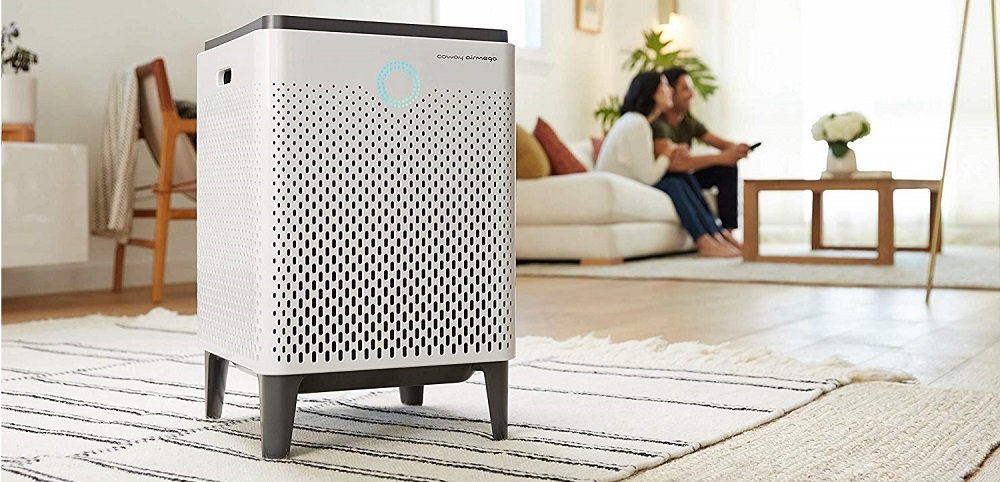
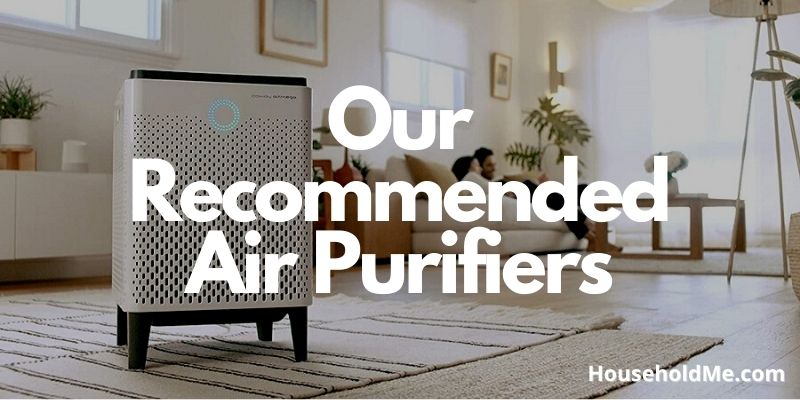
If you have any questions or comments, please add them below in the comment section. Similarly, please let us know if you spot any mistakes or omissions. Thanks!
Last Update: 2024-04-17 | Affiliate links/Images from Amazon Product Advertising API



